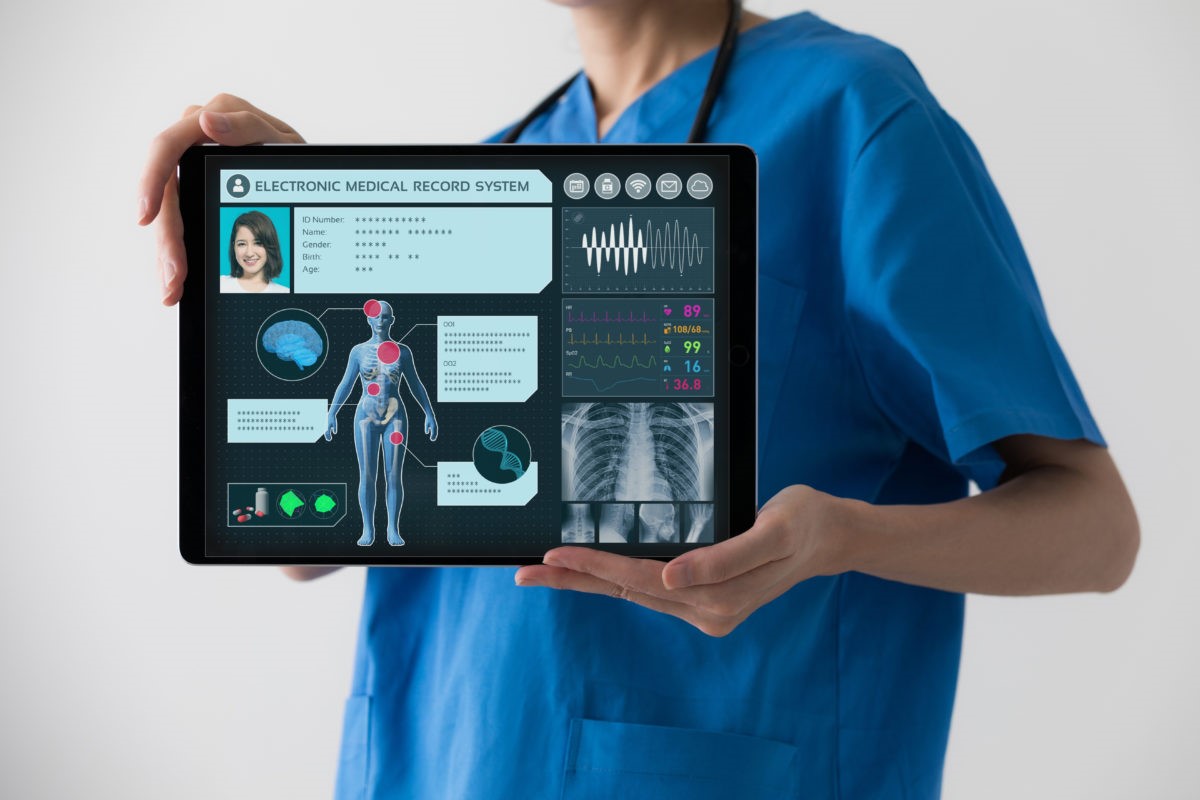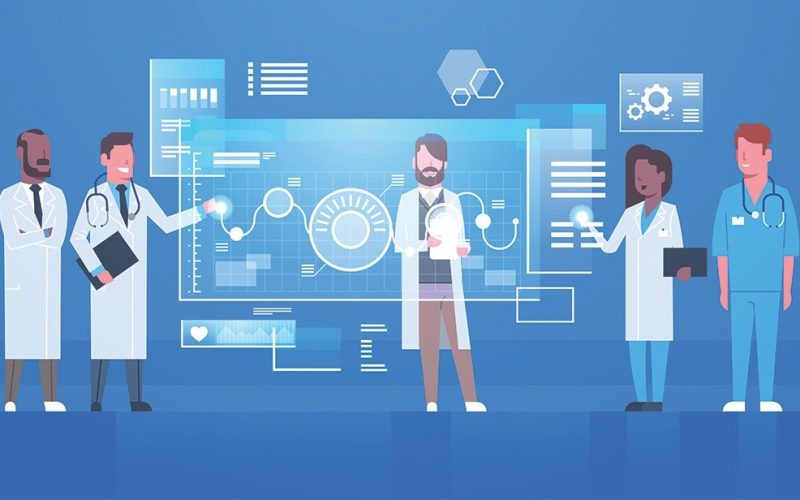In recent years, digital health platforms have revolutionized the healthcare industry by providing innovative solutions to age-old problems. As we step into 2024, these platforms continue to evolve at an unprecedented pace, driven by advancements in technology, changing patient expectations, and a global push towards more efficient and accessible healthcare systems. This article delves into the latest developments in digital health platforms, highlighting what’s new and what we can expect in the near future.
The Rise of Telehealth and Remote Patient Monitoring
One of the most significant trends in digital health platforms is the exponential growth of telehealth and remote patient monitoring. The COVID-19 pandemic acted as a catalyst, accelerating the adoption of these technologies. In 2024, telehealth is no longer just a convenient option but a fundamental component of healthcare delivery.
Enhanced Telehealth Services
Telehealth platforms have become more sophisticated, offering a wider range of services. From virtual consultations to remote diagnostics, patients can now access comprehensive healthcare services from the comfort of their homes. Advanced video conferencing tools, integrated with electronic health records (EHRs), ensure seamless communication between patients and healthcare providers.
Remote Patient Monitoring
Remote patient monitoring (RPM) has seen significant advancements. Wearable devices and smart sensors continuously collect data on vital signs, physical activity, and other health metrics. This data is transmitted to healthcare providers in real-time, enabling proactive management of chronic conditions and early detection of potential health issues. In 2024, RPM is expected to become even more intuitive, with AI-driven analytics providing actionable insights to both patients and clinicians.
Artificial Intelligence and Machine Learning
Artificial intelligence (AI) and machine learning (ML) are transforming digital health platforms by enhancing diagnostic accuracy, personalizing treatment plans, and optimizing operational efficiency.
AI-Powered Diagnostics
AI algorithms are now capable of analyzing medical images, lab results, and patient histories with remarkable accuracy. These algorithms assist healthcare providers in diagnosing conditions such as cancer, cardiovascular diseases, and neurological disorders at an early stage. In 2024, we can expect AI-powered diagnostics to become more prevalent, reducing the burden on healthcare professionals and improving patient outcomes.
Personalized Treatment Plans
Machine learning models analyze vast amounts of patient data to identify patterns and predict treatment responses. This enables the development of personalized treatment plans tailored to individual patients’ needs. Digital health platforms leverage these insights to recommend the most effective therapies, minimizing trial-and-error approaches and enhancing the overall quality of care.

Integration of Blockchain Technology
Blockchain technology is making its way into digital health platforms, addressing critical issues related to data security, interoperability, and patient privacy.
Secure Data Sharing
Blockchain’s decentralized and immutable nature ensures that patient data is securely stored and shared across different healthcare providers. This eliminates the risk of data breaches and unauthorized access, fostering trust among patients and providers. In 2024, more digital health platforms are expected to adopt blockchain to enhance data security and streamline information exchange.
Interoperability
Interoperability has been a longstanding challenge in healthcare. Blockchain technology facilitates seamless data exchange between disparate systems, ensuring that healthcare providers have access to comprehensive patient information. This interoperability improves care coordination, reduces duplicate tests, and enhances the overall efficiency of healthcare delivery.
Expansion of Mental Health Services
The importance of mental health has gained significant recognition in recent years, and digital health platforms are playing a crucial role in expanding access to mental health services.
Virtual Therapy and Counseling
In 2024, virtual therapy and counseling services are more accessible than ever. Digital health platforms connect patients with licensed therapists and counselors through secure video calls, chat, and messaging services. These platforms offer a range of mental health services, including cognitive-behavioral therapy (CBT), mindfulness training, and support groups, making mental health care more convenient and less stigmatized.
AI-Driven Mental Health Support
AI-driven chatbots and virtual assistants provide immediate support to individuals experiencing mental health crises. These AI tools can assess the severity of the situation, offer coping strategies, and connect users with human therapists if needed. The integration of AI in mental health services ensures that help is available 24/7, reducing the barriers to seeking timely assistance.
The Role of Big Data and Analytics
Big data and analytics are at the core of digital health platforms, driving informed decision-making and improving patient outcomes.
Predictive Analytics
Predictive analytics leverages historical and real-time data to forecast health trends and identify high-risk patients. Healthcare providers use these insights to implement preventive measures, allocate resources efficiently, and reduce hospital readmissions. In 2024, predictive analytics is expected to become more sophisticated, enabling more accurate predictions and personalized interventions.
Population Health Management
Digital health platforms aggregate and analyze data from diverse sources to manage the health of entire populations. This approach helps identify health disparities, track disease outbreaks, and design targeted interventions. Population health management tools empower public health officials and policymakers to make data-driven decisions, ultimately improving community health outcomes.
The Future of Digital Health Platforms
As we look ahead, several emerging trends and technologies are poised to shape the future of digital health platforms.
Virtual Reality and Augmented Reality
Virtual reality (VR) and augmented reality (AR) are making their way into healthcare, offering immersive experiences for medical training, patient education, and pain management. VR simulations provide realistic training environments for medical professionals, while AR overlays enhance surgical precision. In 2024, we can expect wider adoption of VR and AR in digital health platforms, creating new possibilities for both patients and providers.
Genomics and Personalized Medicine
Advancements in genomics are paving the way for personalized medicine, where treatments are tailored to an individual’s genetic makeup. Digital health platforms integrate genomic data with other health information to provide personalized treatment recommendations. This approach holds promise for improving the efficacy of therapies and reducing adverse reactions.
Health Equity and Accessibility
Ensuring health equity and accessibility remains a priority for digital health platforms. Efforts are being made to bridge the digital divide and provide underserved populations with access to quality healthcare services. In 2024, initiatives to expand internet connectivity, offer affordable devices, and develop user-friendly interfaces will be crucial in achieving this goal.
Conclusion
The growth of digital health platforms in 2024 is marked by remarkable advancements in telehealth, AI, blockchain, mental health services, big data, and emerging technologies like VR and genomics. These platforms are transforming healthcare delivery, making it more efficient, personalized, and accessible. As we continue to embrace these innovations, the future of healthcare looks promising, with digital health platforms at the forefront of this transformation.









